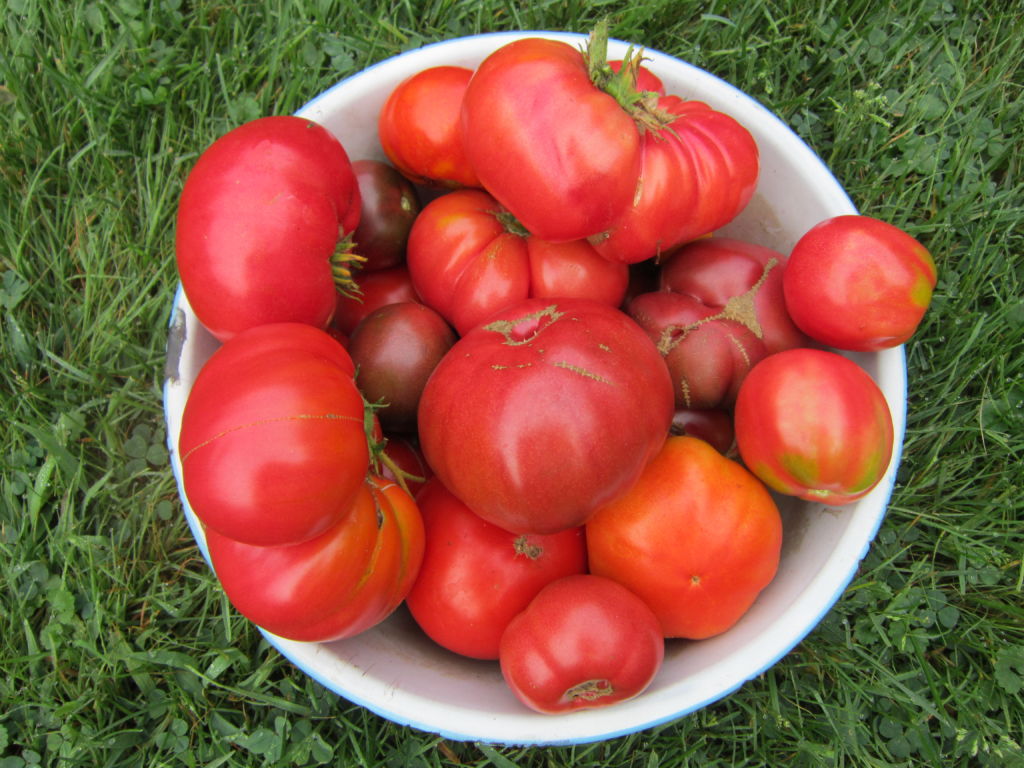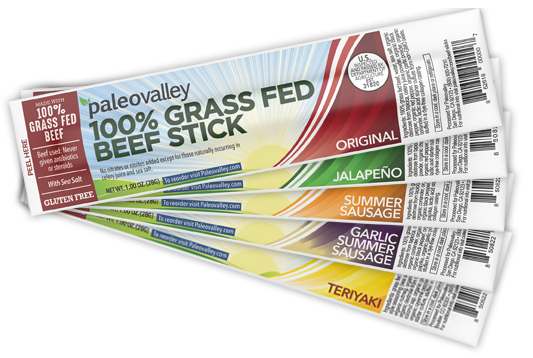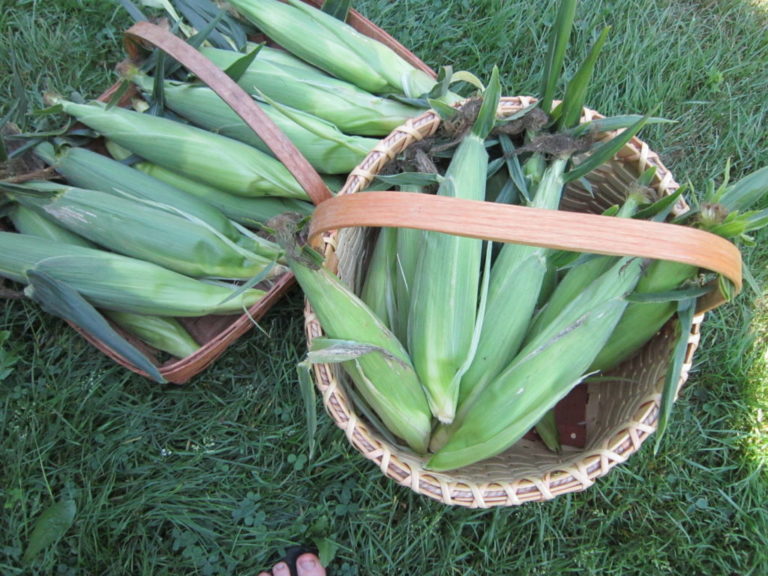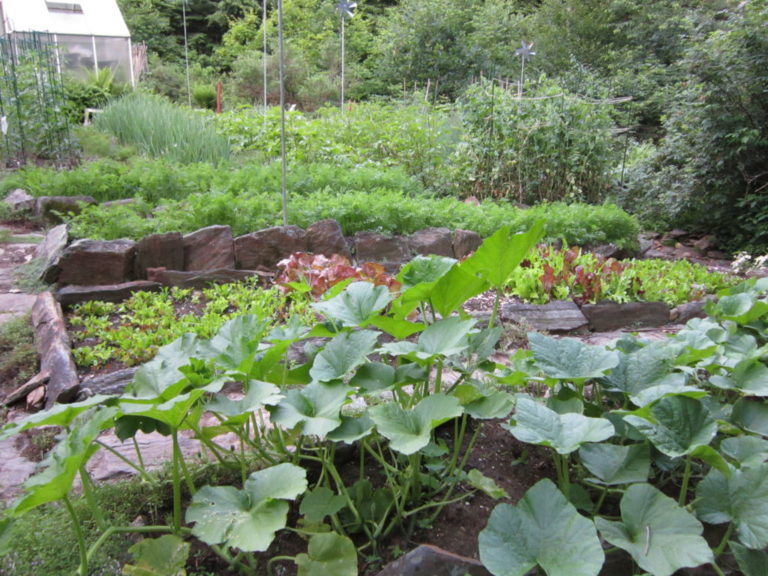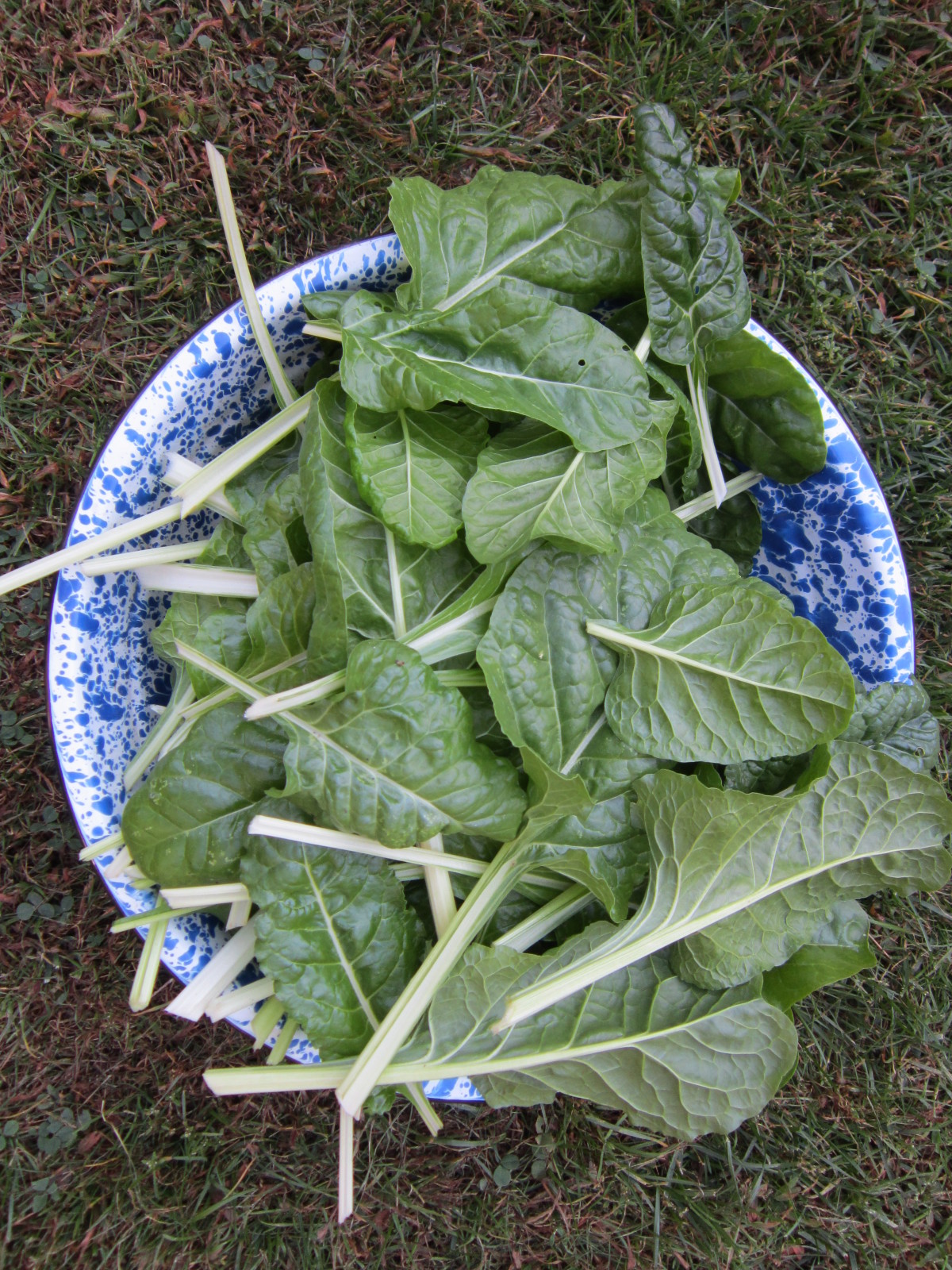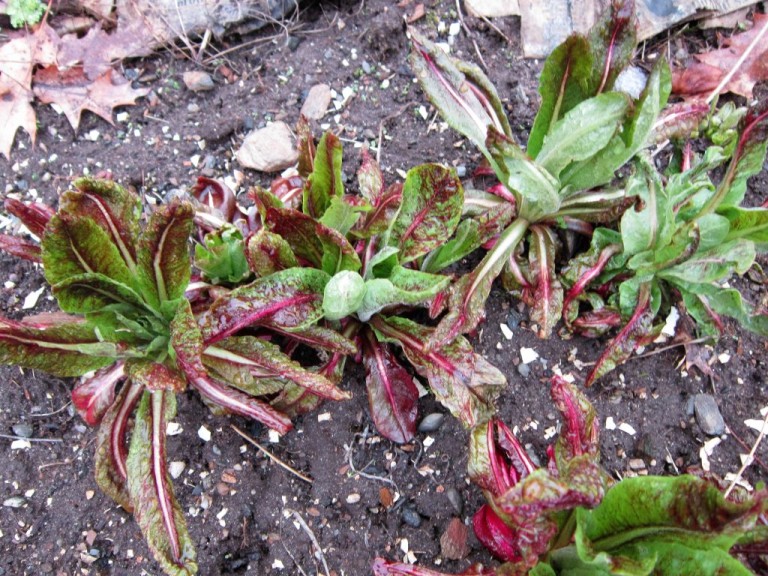The Microbiome
We human beings are a curious lot. We want to know where things come from, how they work and what they are good for. So we study. We evaluate. We do trials. And we discover many things along the way.
Quite a while ago, we discovered genes. These inherent biological traits make us susceptible to various, specific diseases. Then we caught on to the power of epigenetics. This is the environment in which the genes get to play or the triggers that cause the potentials to manifest. Epigenetics include what we eat, how we sleep, how we interact with others, how much stress is in our lives and the toxins that are in our environment. These circumstances can literally suppress or encourage our genes to express themselves. This is actually really good news as we have the ability to control our epigenetics thereby potentially reducing the likelihood that we will succumb to diseases.
Another thing that has changed recently in scientific thinking is our relationship to bacteria. We used to think that bacteria was just bad; something to guard against at all costs. Now we know that we are made up of lots of bacteria—they co-exist inside of us at all times. And we can’t live without them. They break down our food into usable components, they aid in the communication from our guts to our brains and they facilitate healing. These bacteria actually outnumber our human cells by 10 to 1.
Now we are starting to look at the entire gastric-intestinal tract in a new light. Some even believe that all diseases begin here. There is growing awareness that we need to look at the specific types of bacteria that we harbor because some are good and some are very, very bad.
Few people are aware that we are constantly remaking and refurbishing all of our cells. It takes seven years to rebuild the entire body. Some parts of the eyes are made new every day while our whole gut lining gets redone every three to five days. Our job is to provide the basic building blocks that our bodies can use to complete these tasks.
That’s why it is so very important to pay attention to what we eat. Our microbiome (gut) actually has preferences for the foods that our good bacteria like to eat. Vegetables top the list along with fruits, nuts, berries and fermented foods.
Organic is crucial because all of the insecticides and herbicides present in non-organic foods also hurt our good gut bacteria. Meats should be from pastured animals that had access to fields and sunshine. The antibiotics which are passed down to us in warehoused animals’ meat also does damage to our microbiome.
Most of the processed foods in our supermarkets and many restaurants are now made with GMOs (genetically modified organisms). Don’t forget that GMOs were designed not to feed the masses, but for the plants to be able to withstand massive doses of herbicides/Roundup (which act like antibiotics in our bodies). There is even a GMO that was created to kill any insect that would eat it by making its stomach explode. What does that do to ours?
The good news here is that we have the ability to pick and choose what we eat. So, by giving our good bacteria what they like to eat, they will thrive and help keep the bad bacteria at bay. What do they like? Fiber: as in whole grains, beans, legumes, fruits and vegetables. They are especially fond of the cruciferous family which includes broccoli, cabbage, Brussels sprouts, kale and cauliflower. They also love fermented fruits and veggies like sauerkraut, kimchi, kombucha, yogurt, kefir, miso, fruit and beet kvass. These fermented foods also contain many helpful bacteria. Other greens like beet greens, Swiss chard, spinach, purslane, dandelion greens and seaweed join the list. Garlic, onions, bananas, apples, asparagus and Jerusalem artichokes are there, too. Most vegetables actually qualify.
So eat your veggies! And buy from the many local organic farms. Give your children real food, too,—the gift of wealth that health represents.
If you don’t have access to pastured meats, this is the best place to get them is here.
They also have good quality bone broth soup as well as lots of different kinds of bones to make your own. Their sugar-free garlic franks are to die for! Get on their mailing list for specials and additional discounts.




